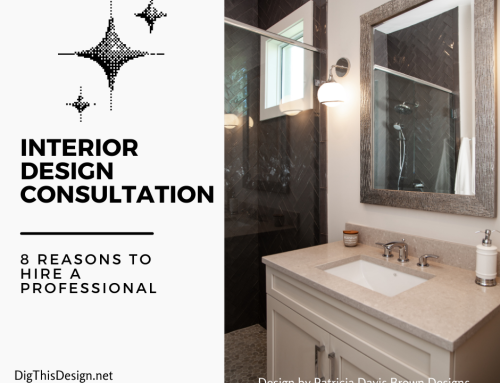Architecture has always been a reflection of the cultural and artistic movements of its time. Georgian architecture, named after the reigns of four British monarchs from 1714 to 1830, stands as a testament to the elegance and symmetry that defined this era. With its harmonious proportions, exquisite detailing, and timeless appeal, Georgian architecture continues to captivate and inspire architects and admirers alike. In this blog post, we will delve into the key characteristics and iconic examples of Georgian architecture, exploring its enduring legacy in the architectural world.
The Facts of Georgian Architecture

Historical Context
The Georgian era witnessed a shift in architectural styles, moving away from the extravagance of the Baroque and Rococo periods towards a more restrained and classical approach. This period coincided with the Age of Enlightenment, a time when reason, order, and balance were highly valued. Influenced by ancient Roman and Greek architecture, Georgian architects sought to create structures that were harmonious, proportionate, and symmetrical, expressing a sense of grandeur without excessive ornamentation.
Key Characteristics
One of the defining features of Georgian architecture is its emphasis on symmetry. Facades were meticulously balanced, with a central entrance flanked by evenly spaced windows. The use of classical orders, such as Doric, Ionic, and Corinthian columns, added a sense of sophistication and timelessness to the buildings. Georgian architecture also favored restrained ornamentation, focusing on fine craftsmanship and quality materials. The exteriors were often adorned with decorative motifs such as swags, scrolls, and dentil cornices.
Iconic Examples
The architectural heritage of Georgian design can be observed in numerous buildings around the world. In Bath, England, the Royal Crescent stands as a magnificent example of Georgian architecture. Its curved facade, comprised of thirty terraced houses, showcases the elegance and scale of this period. Another notable structure is the Old Royal Naval College in Greenwich, London. Designed by Sir Christopher Wren and Nicholas Hawksmoor, this masterpiece combines elements of Baroque and Georgian architecture, creating a harmonious blend of styles.
In the United States, Georgetown, a neighborhood in Washington, D.C., boasts a wealth of Georgian-style townhouses. These red-brick buildings, with their elegant proportions and decorative entrances, contribute to the unique charm of the area. The iconic White House, though altered and expanded over time, features a Georgian-inspired facade that exemplifies the style’s enduring influence.
Enduring Legacy
Despite its historical origins, Georgian architecture continues to inspire and influence modern designs. Its emphasis on proportion and balance remains highly regarded by architects seeking to create timeless structures. The symmetrical facades, classical detailing, and restrained ornamentation of Georgian architecture offer a sense of sophistication and elegance that transcends time. Today, many architects incorporate Georgian elements into their projects, paying homage to the enduring legacy of this iconic style.
Conclusion
Georgian architecture stands as a testament to the beauty of balance and proportion. Its timeless appeal and enduring influence are a testament to the genius of the architects who embraced the principles of harmony and classicism. From its iconic examples in Bath and London to its presence in Georgetown and the White House, Georgian architecture continues to captivate and inspire us. As we admire these magnificent structures, we are reminded of the importance of honoring the past while creating a lasting architectural legacy for the future.
Other posts you might enjoy:
The History of Balinese Architecture
What to Expect From a Chicago Architecture Tour
How Architecture is Inspired and Enhanced by the Natural Environment





